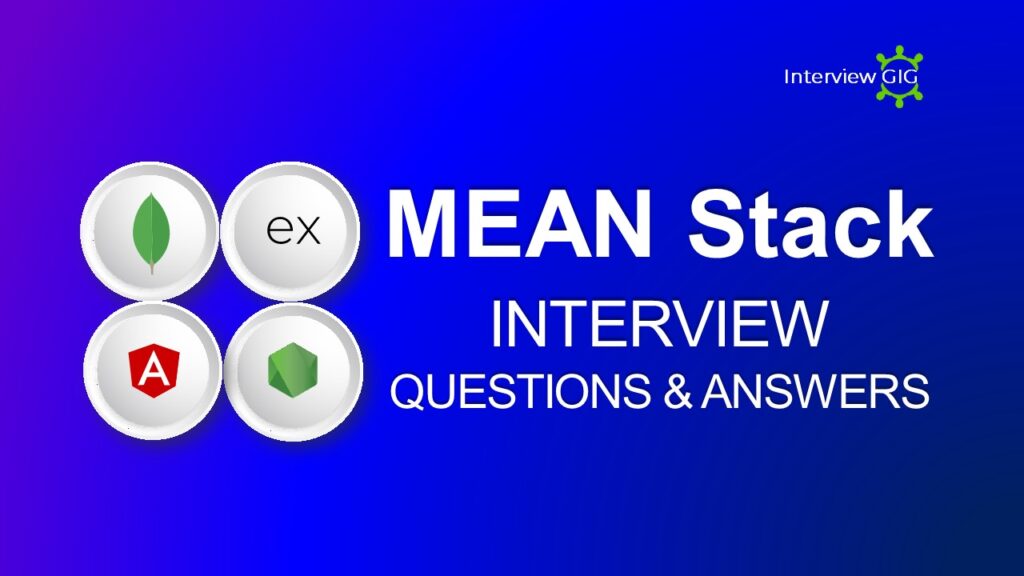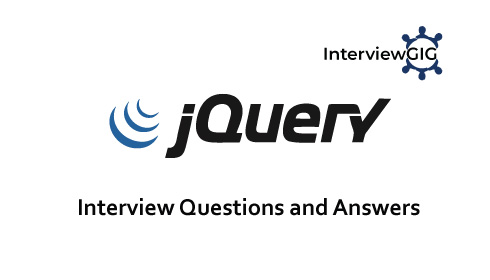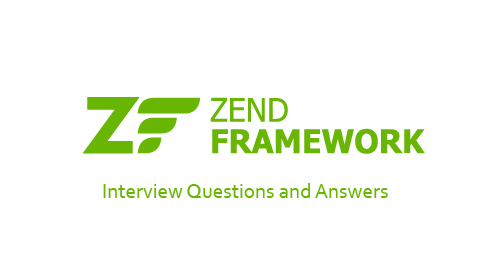What is Web Development?
Web development is also known as website development. Web development broadly refers to the tasks associated with developing websites for hosting via internet. The web development process includes web design, web content development, client-side or server-side scripting and network security configuration, among other tasks. HTML and CSS are the two most basic web development languages, and are used to build nearly all webpages on the Internet.
What does a web developer do?
Web development can be divided into three parts:
Client-side coding, which is code that executes in a web browser and determines what your customers or clients will see when they land on your website.
Server-side coding, which is code that executes on a web server and powers the behind-the-scenes mechanics of how a website works.
Database technology, which also helps keep a website running smoothly.
What are the main skills a web developer?
There are typically eight key skills you would need to become a Web Developer:
Communication: Clear communication with clients, as well as the members of your development team, is a crucial skill to have in the industry.
Design: Although not necessary, some knowledge of design and layout aesthetics will help you become a prominent developer.
Patience: Web Development is a detail-oriented field, and mistakes happen. Patience is necessary to cope with the pressures of the job.
Project Management: When designing a website, there are a lot of moving parts, so you need to be able to manage your project effectively, so no task gets forgotten or overlooked.
Flexible Working Strategies: Depending on the project, you’ll need to be flexible because you could be assigned to work individually or with a larger group of developers.
Mobile Support: It is important that you create websites that will be accessible and functional on a variety of devices.
Be Meticulous: To launch a high performing website, you should test your site and make sure that every detail performs as intended.
Logical Problem Solving: Any problem a website encounters is an outgrowth of its code. So you should be able to think critically and logically to find the issue efficiently.
What is Front-end development (client side scripting) and explain?
Front-end development is also called Client side Development or Scripting. Front end development manages everything that users visually see first in their browser or application. Front end developers are responsible for the look and feel of a site.
Client-side scripting which includes HTML, CSS and Java script is any code that runs within a web browser. This means that the web browser temporarily downloads all the files from a web server and, in turn, displays a static web page; you would be able to view these files even if you lost your Internet connection (as long as you left your web browser open). JavaScript most commonly used client-side scripts. In addition to fluency in these languages, front-end developer need to be familiar with frameworks like Bootstrap, Foundation, Backbone, AngularJS, and EmberJS, which ensure great-looking content no matter the device, and libraries like jQuery and LESS, which package code into a more useful, time-saving form.
Some examples of client-side scripting languages:
• HTML/HTML5
• CSS/CSS3
• JavaScript
• Flash
• JQuery
• Microsoft Silverlight
HTML/HTML5: As a fundamental for all coding, HTML acts as a base for building upon all other developer languages.
CSS/CSS3: Fluency in CSS allows you to mediate between an app and the design of a site.
JavaScript: JavaScript determines how a web page will function and the way users will experience a page.
Flash: Flash, a popular authoring software developed by Macromedia, is used to create vector graphics-based animation programs with full-screen navigation interfaces, graphic illustrations, and simple interactivity in an antialiased, resizable file format that is small enough to stream across a normal modem connection.
JQuery: jQuery is not a language but a well-written JavaScript code. It is nothing but a small, mostly used JavaScript library. JQuery is very well written compact JavaScript code which increases the productivity of developer and enables them to handle critical UI functionality in websites by writing a very small amount of code.
Microsoft Silverlight: Microsoft Silverlight is a multimedia framework for designing rich web applications with graphics and video. It uses a plug-in for several browsers, including Internet Explorer.
What is Backend Development (server side scripting) and explain?
Backend Development is also called Server side development or Scripting .Back end development refers to the server side of an application and everything that communicates between the database and the browser.
Server-side scripting is a technique used by web developers to build the backend of a website. Server-side scripting involves constructing the framework that allows the database on the web server to communicate with the web browser of the end user’s computer. To make it work, the developer embeds scripts in your website so that, when someone using your site takes a particular action, the server can display set images or information. Server-side code is also inherently more secure, as the person using your website has no direct access to source code, proprietary databases or data beyond what’s specifically shown to them. Many back end developers know front end languages such as HTML and CSS but need to use languages such as Java, PHP, and c #, Ruby on Rails, Python, and .Net to get the back end job done. Back end developers are most focused on a site’s responsiveness and speed.
Some examples of server-side scripting languages:
• Java
• PHP
• Python
• Ruby on rails
• ASP.NET
• C#
Java: Java is the server-side language of choice for large-scale websites with a high volume of traffic. One potential reason for its popularity among high traffic websites is that Java frameworks outperform other language frameworks in raw speed benchmark tests. That means faster server-based web applications for large scale websites. Java Servlets, JSP and WebObjects are examples of server-side solutions that use Java.
PHP: This open-source language powers over 2 million websites across the world. The chief advantages of PHP are that it is open source, with a huge online community to support it, and that it’s compatible across multiple platforms. PHP is most often used by websites with lower traffic demands.
Python: Python is a high-level, interpreted, interactive and object-oriented scripting language. Python is designed to be highly readable.
Ruby: Ruby is used for both desktops and mobile phones, and the Ruby on Rails development framework is one of the most frequently used on the Internet.
ASP.NET: ASP.NET is an open source web framework for building modern web apps and services with .NET. ASP.NET creates websites based on HTML5, CSS, and JavaScript that are simple, fast, and can scale to millions of users.
C#: This programming language is simple and safe, which explains why it is still one of the most popular languages used today.
What is Database Technologies?
A database is the organized collection of data which helps a user to populate different data in a well-structured format. In order to work properly, every website needs a database to store its code, images, files and other data. A database system is computer software application, it interacts with the user, middleware application, and database to capture and analyze data. Well, known Database systems include MySQL, PostgreSQL, MongoDB, Microsoft SQL Server, Oracle, Sybase, SAP HANA and many others.
These relational database management systems (RDBMS) are the most popular for web-based applications:
• Oracle
• MySQL
• Microsoft SQL server:
• IBM DB2
• Apache
• MongoDB
Oracle: Oracle’s full-featured database solution that was originally designed for enterprise systems comes in a free community version called Oracle Express. This allows developers to train, develop applications, and deploy them in test environments before upgrading to a paid version all with an easy migration. It is most often used by developers working with PHP, Java, .NET, XML, and Open Source applications. It will store up to 11 GB of data and uses 1 GB of memory and 1 CPU on the host.
MySQL: MySQL is an open source relational database management system (RDBMS) based on Structured Query Language (SQL). MySQL is most often associated with web-based applications and online publishing and is an important component of an open source enterprise stack called LAMP.
Microsoft SQL server: It is a software product with the primary function of storing and retrieving data as requested by other software application which may run either on the same computer or on another computer across a network (including the Internet).
IBM DB2: IBM DB2 relational DBMS delivers high availability, strong performance and mission-critical support across multiple platforms.
Apache: Apache is a freely available Web server that is distributed under an “open source” license. Version 2.0 runs on most UNIX-based operating systems (such as Linux, Solaris, Digital UNIX, and AIX), on other UNIX/POSIX-derived systems (such as Rhapsody, BeOS, and BS2000/OSD), on AmigaOS, and on Windows 2000.
MongoDB: Taking its name from the word “humongous,” this No SQL database also uses JSON-style documents with dynamic schemas. It features auto-sharding to enhance horizontal scaling, built-in replication, and GridFS for large file storage.
What is difference between web designer and web developer?
A web designer will use graphic design software like Adobe Photoshop, Illustrator and InDesign to create the logos, graphics and layout that determine the look and feel of a website.
The web developer will still have to understand the aesthetics and art direction of the web designer if they are handling client-side scripts, but they will be more concerned with functionality and features, like the shopping cart on an ecommerce website.
What is Full-stack Development?
Full stack is the combination of both the front end and the back end. Full stack developers understand how every part of the web development process takes place and can guide on strategy and best practices. These developers will have an increasingly important role in the web development of the future, and are able to look at the ‘big picture’. They are knowledgeable with the server side as well as the client side’s user experience. The back-end runs on the server side, while the front-end runs on the client side. A framework makes it easy on both the teams, as it reduces the coding and speeds up the process indefinitely. In short, front-end and back-end development are both needed to create a full-functioning website.
What is web accessibility?
Web accessibility means a web for differently abled or disabled people. HTML5 introduced WAI ARIA so that even disable people can interact, understand and navigate a website.
What is HTML5 Web Storage?
HTML5 brought this new ability to store web pages within the browser cache. This web storage is not only faster than the cookies but secured too. It is capable of storing a large amount of data without compromising the performance of the website.
What is CORS?
Cross-Origin Resource Sharing (CORS) is a mechanism that uses additional HTTP headers to let a user agent gain permission to access selected resources from a server on a different origin (domain) than the site currently in use. A user agent makes a cross-origin HTTP request when it requests a resource from a different domain, protocol, or port than the one from which the current document originated.
What is grouping in CSS3?
Grouping makes it possible to apply the same style to multiple HTML elements (Classes/Tag/ID) within a single declaration. It happens by specifying all the selectors separated by commas.
List out the advantage of HTTP/2 as compared with HTTP 1.1?
The advantage of HTTP/2 compared to HTTP/1.1 is
• HTTP headers data compression
• Prioritization of request
• Server push technologies
• Over a single TCP connection parallel loading of page elements.
Explain about HTTP long polling?
Web applications were originally developed around a client/server model, where the Web client is always the initiator of transactions, requesting data from the server. Thus, there was no mechanism for the server to independently send, or push, data to the client without the client first making a request.
Long polling is a web application development pattern used to emulate pushing data from the server to the client. When the long polling is used, the client sends a request to the server, and the connection remains intact until the server is ready to send data to the client. The connection will be closed only after the data is sent back to the client or connection timeout occurs.
What is the difference between sessionStorage and localStorage?
SessionStorage is available only when a browser’s tab is opened.
LocalStorage survives on closing and reopening a browser.
What is an ETag and how does it work?
ETag (Entity tag) response header provides a mechanism to cache unchanged resources. Its value is an identifier which represents a specific version of the resource. Here’s an example ETag header: ETag: “version”
The ETag is a part of HTTP, the protocol for the World Wide Web and when the server reads the ETag from client request, the server can then tell whether to send the file (HTTP 200) or tell the client just to use their local copy (HTTP 304).





